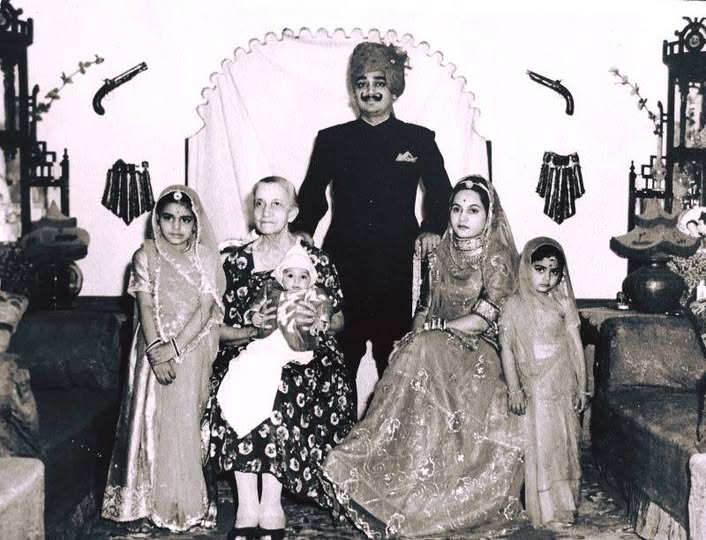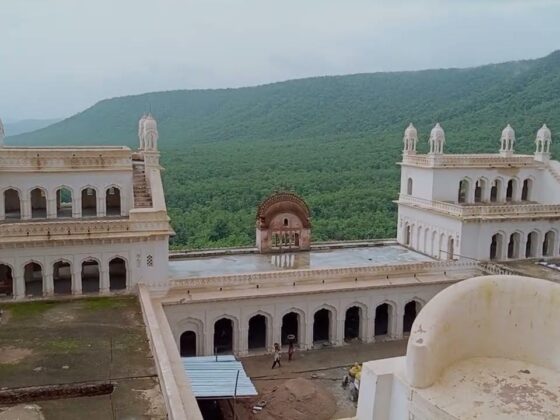Rao Sahab Indrajeet Singh: A Legacy of Leadership, and Heritage

Introduction
The pages of history are adorned with the names of valiant leaders who shaped their regions through courage, wisdom, and dedication. Among them stands Rao Sahab Indrajeet Singh, a revered figure known for his exceptional leadership and contribution to governance, cultural preservation, and community welfare. Indeed, his legacy continues to inspire generations, reflecting a fine blend of tradition and progressive vision. Therefore, it is essential to explore his journey in detail.
Early Life and Lineage
Rao Sahab Indrajeet Singh hailed from a distinguished lineage known for its commitment to governance, justice, and valor. Born into a family with a rich heritage of leadership, he was deeply rooted in the values of discipline and service. Consequently, his upbringing played a crucial role in shaping his ideologies and governance principles. Moreover, his family’s history of leadership set the foundation for his illustrious career.
Education and Vision
Understanding the importance of education, Rao Sahab Indrajeet Singh pursued extensive learning in history, administration, and warfare strategies. As a result, his academic and practical knowledge equipped him with the skills to lead his people effectively while preserving the cultural ethos of his land. Additionally, his education provided him with a broader perspective on governance and statecraft.
Leadership and Governance
Rao Sahab Indrajeet Singh’s reign was marked by progressive governance, economic reforms, and social welfare initiatives. His rule reflected a deep understanding of administration, ensuring prosperity and stability for his people. Therefore, his leadership was highly regarded. Furthermore, he consistently worked toward the betterment of society by implementing visionary policies.
Key Contributions:
- Agricultural Reforms – He implemented irrigation projects and introduced modern farming techniques to boost agricultural productivity. Consequently, farmers benefited greatly from improved yields and sustainability.
- Economic Development – By encouraging trade and commerce, he strengthened the region’s economy and uplifted local industries. As a result, economic prosperity flourished under his leadership.
- Judicial Reforms – He established a fair and transparent legal system, ensuring justice for all sections of society. Thus, law and order improved significantly.
- Welfare Programs – His leadership was dedicated to the betterment of education, healthcare, and infrastructure, improving the quality of life for his people. Therefore, his reign is remembered for its social contributions.
Military Prowess and Defense Strategies
One of the most defining aspects of Rao Sahab Indrajeet Singh’s legacy was his military acumen. His strategic defense policies ensured the safety and sovereignty of his territory against external threats. Moreover, his tactical expertise helped maintain peace and order. Consequently, his leadership in warfare earned him immense respect and admiration.
Notable Military Achievements:
- Strengthened fortifications and enhanced security measures. As a result, his territory remained well-protected.
- Developed a disciplined and well-equipped army, which ensured military efficiency.
- Led successful campaigns to protect his domain and maintain peace. Consequently, his people felt secure under his leadership.
- Established alliances that secured stability and regional prosperity. Therefore, his diplomatic efforts contributed significantly to long-term peace.
Cultural and Architectural Contributions
Apart from his military and administrative prowess, Rao Sahab Indrajeet Singh was also a patron of art, culture, and architecture. Additionally, his contributions in preserving and promoting heritage remain significant. Moreover, his dedication to cultural advancement ensured the continuity of traditional art forms.
Key Cultural Contributions:
- Restoration of historical monuments and temples, thereby preserving cultural heritage.
- Patronage of classical music, literature, and art forms, ensuring their survival for future generations.
- Encouragement of traditional craftsmanship and artisans, which boosted local economies.
- Preservation of indigenous traditions and customs, reinforcing cultural identity.
Enduring Legacy and Impact
Even today, Rao Sahab Indrajeet Singh’s legacy resonates through historical accounts, architectural marvels, and cultural narratives. His vision and leadership continue to inspire individuals who seek to balance tradition with progress. Furthermore, his contributions have left an indelible mark on history. Consequently, many scholars study his governance to draw lessons for modern leadership.
Modern Recognition:
- His contributions are remembered through annual commemorations and cultural programs, ensuring his legacy remains alive.
- His governance model serves as an example for modern leadership and administrative policies. Therefore, leaders often reference his strategies for inspiration.
- Historical researchers and scholars continue to explore his impact on governance and cultural heritage, further solidifying his significance in history.
Conclusion
Rao Sahab Indrajeet Singh stands as a towering figure in history, symbolizing resilience, wisdom, and progress. His dedication to governance, military strategy, economic development, and cultural preservation cements his place as an influential leader. Consequently, as history continues to honor his contributions, his legacy remains a guiding force for future generations, exemplifying leadership that transcends time. Moreover, his ability to blend tradition with modernization ensures that his impact will never fade.









